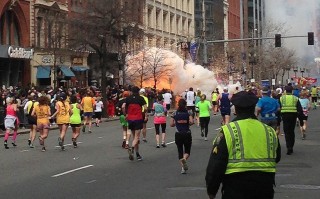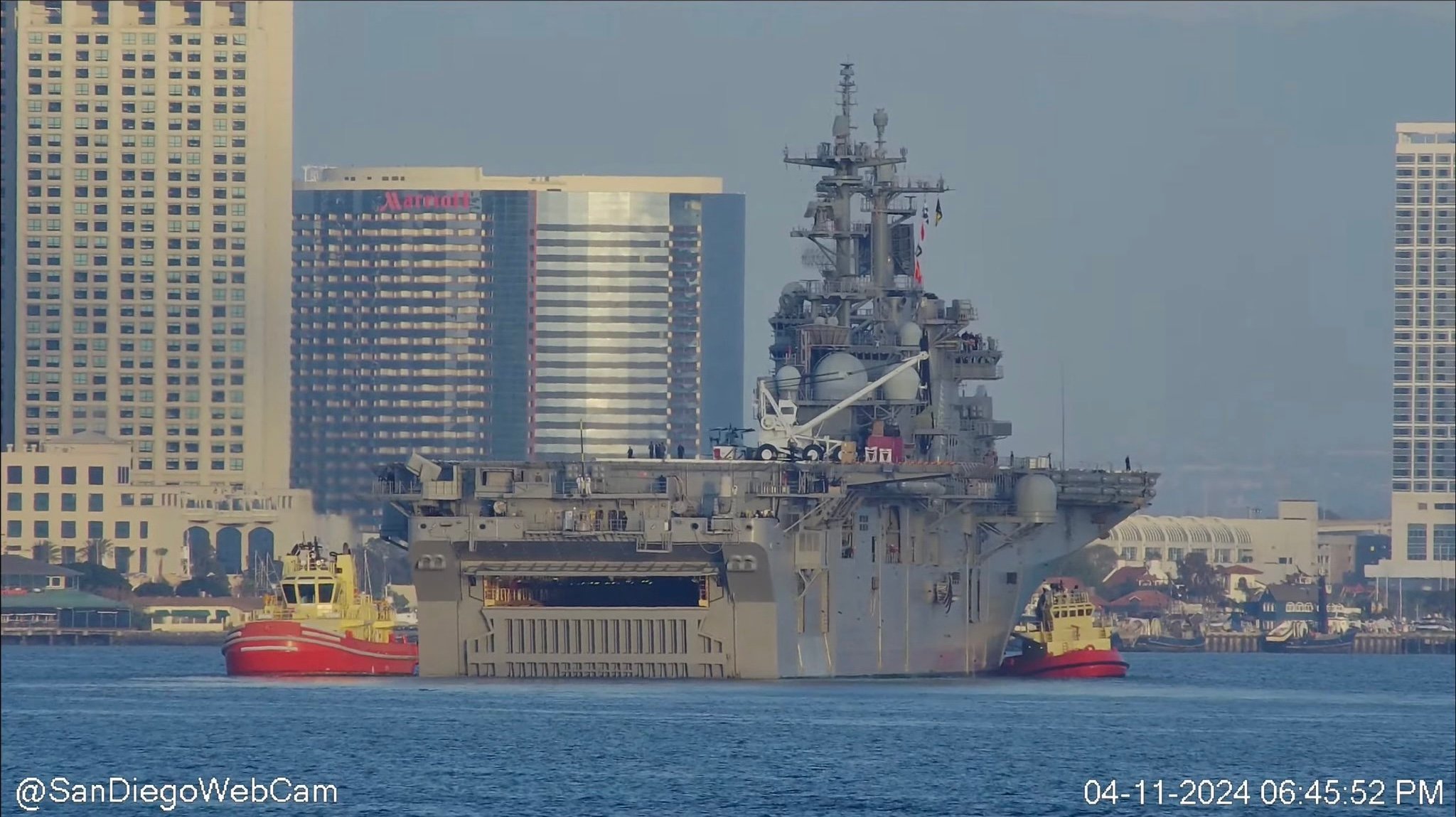
Five years ago a handful of college students at Tufts University predicted the possibility of Monday’s deadly bombings at the Boston Marathon.
Tufts’ “Introduction to Terrorism” course taught by retired U.S. Army Brig. Gen. Russell Howard required students to break down into small teams and begin to think like terrorists. The students broke into small groups of four to five students and had to plan a terrorism attack that reflected a specific radical ideology, Howard told USNI News.
One of several teams of students planned a simple but deadly attack on the marathon that eerily echoed Monday’s bombing, Howard said.
“Once a team convinced you of their commitment to the ideology, then they were tasked to notionally build a terrorist device and—also notionally—operationalize the device at a target of their choosing,” Howard said. “One of your stipulations was that the target had to be put under surveillance for a period of time and the notional attack had to be documented in a PowerPoint presentation.”
In the classroom scenario, the teams found the most effective and simple way to cause the most damage was to create, “multiple, simultaneous bombs with follow-on bombs once the first responders arrived,” he said.
Howard’s team picked the iconic marathon to fit in with the character of their extremist group.
“As I recall, the team’s ‘ideology’ was that of a white power nationalist group that hated the direction of this country with the election of President Barack Obama. They felt that the Boston Marathon represented diversity and we knew we could deal as much damage as possible in a tightly packed area.”
Teams scouted the targets, and using whatever they could find online, created weapons to attack civilians at the race.
The team’s weapons for the exercise were “Bombs in backpacks filled with a high-powered homemade explosive called PETN, he said. They “Found the step by step process on a chemistry forum and managed to stabilize the bomb concoction using silly putty.”
Though unconfirmed by authorities, some experts think PETN could have been the explosive used in the actual bombs from Monday’s attack.
The classroom scenario took only five minutes to execute, from dropping the bombs at the targets and detonating the explosives via cellphone while slipping away anonymously into crowds at a nearby subway station.
The actual attack is different enough from al Qaeda attacks to warrant investigation in home grown extremist groups, such as the one suggested in the one of the Tufts’ scenarios, Howard said.
“The Boston Marathon is historical and iconic and so is April 15 – tax day — to some, but probably not al Qaeda,” he said.
“The date itself smacks of a right wing, anti-federal government extremist group, not al Qaeda. Also, now that the explosive devices have been determined to be made from pressure cookers instead of more sophisticated varieties, I am leaning against an al Qaeda event, just as my students did five years ago.”





